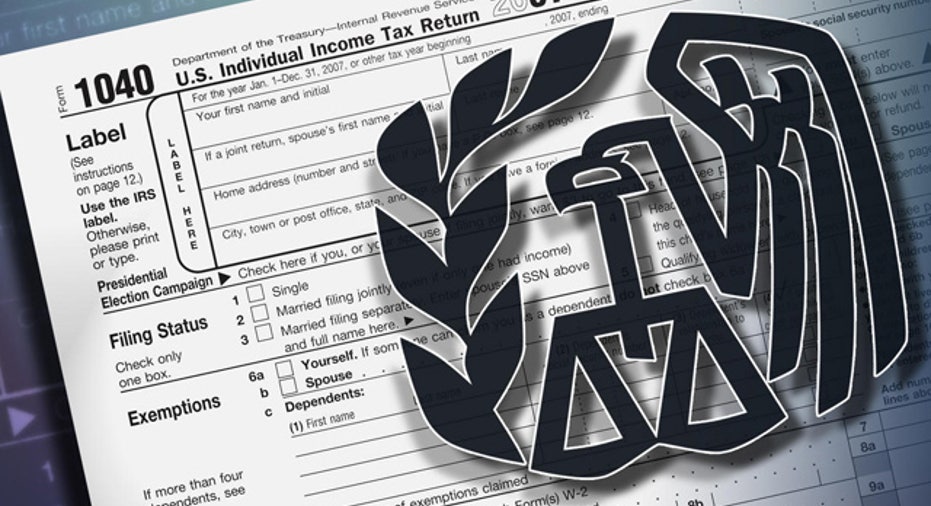Should You Be Claiming the R & D Tax Credit?

Every small business that spends money for research and development (R&D) for new products should be aware of the IRS tax credit that could substantially reduce their tax liability.
According to the IRS, “The expenditures of Research and Development ("R&D") are reasonable costs you incur in your trade or business for activities intended to provide information to help eliminate uncertainty about the development or improvement of a product. Uncertainty exists if the information available to you does not establish how to develop or improve a product or the appropriate design of a product.”
The term product also includes: formula, invention, patent, pilot model, process, technique, and similar property. Check with your attorney or tax professional to make sure that your product qualifies.
Dean Zerbe, national managing director at alliantgroup (alliantgroup) says every business, particularly small and medium-sized ones can improve their bottom line if they sharpen their pencil on the taxes they are paying.
“The single biggest federal tax credit out there is the R&D tax credit – approximately $10 billion a year in tax savings for businesses. While big business takes full advantage of the R&D tax credit, only one out of 20 small and medium businesses benefit.”
Sens. Christopher Coons, (D-DE) and Marco Rubio (R-FL) are proposing an expansion of the R&D credit to benefit startups.
“Encouraging innovation is vital to our nation’s long-term economic growth and giving startups a helping hand will be a big help in creating jobs and new business,” says Zerbe. “Expanding tax incentives to encourage investments in startups would also be a way to get more coal in the furnace of our economic engine.”
Allowed expenses under the credit must be reasonable and may not include the following: Quality control testing, advertising or promotions, consumer surveys, efficiency surveys, management studies, research in connection with literary, historical, or similar projects, or the acquisition of another's patent, model, production, or process.
However, you may include the expenditures of obtaining a patent, such as attorney's fees expended in making and perfecting a patent application.
It’s not a refundable credit, which means that if the credit is in excess of the tax liability, you cannot get a refund greater than the amount of the tax that is owed. For example, if your tax credit is $20,000 and your tax liability is only $18,000, then you will receive a credit (refund) of only $18,000.
The expenses your business incurs for R & D are usually considered capital expenses and should therefore be classified as an asset in your accounting software. This means these expenses will appear on the balance sheet rather than the profit and loss.
As capital assets you may elect to amortize R&D expenses over a 10 year period if you paid or incurred the R&D expenditures in your trade or business and you are not deducting the expenditures currently.
Check into it, perhaps your business qualifies. And if not, Zerbe points out, “There are thousands of tax incentives at the federal , state and local level. Incentives for exports, for hiring, for training, for green buildings, for creating new products, improving how you make products – but what you don’t know will cost your business. Make the effort to keep more of your money for your business and workers.”



















